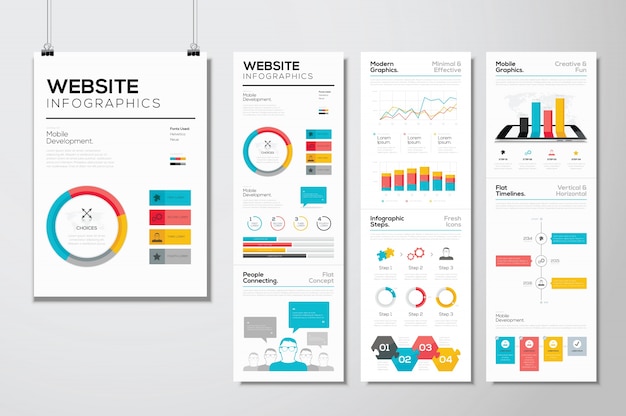Essential Internet Site Layout Tips: How To Build A Website That Focuses On Customer Experience
Essential Internet Site Layout Tips: How To Build A Website That Focuses On Customer Experience
Blog Article
Post Produced By-McKnight Skinner
When it concerns web site layout, making sure user-friendliness is vital. From responsive layout to structured navigating, every element plays an important duty in developing a website that accommodates your target market's needs. Yet what about the better information that can make or break a customer's browsing experience? Stay tuned as we uncover some often-overlooked suggestions that can raise your website's use to the next level, making it truly stick out in the digital landscape.
Relevance of Responsive Style
Responsive layout is a critical facet of modern-day site development. Ensuring your website is receptive ways that it can adjust to various display sizes and tools, supplying a seamless experience for customers.
With SEO For Refractive Surgeons increasing use of smartphones and tablet computers to access the web, having a receptive style is important for getting to a broader audience. It helps in enhancing individual experience by making your site easy to browse and keep reading any type of tool.
Additionally, https://seopluginsfree07384.actoblog.com/34180210/raise-your-business-with-effective-search-engine-optimization-techniques can positively influence your online search engine positions, as internet search engine like Google prioritize mobile-friendly internet sites. By having a receptive style, you're also future-proofing your website, as new tools with differing display sizes continue to emerge.
Simplify Navigating Framework
To enhance individual experience and help with simple accessibility to details on your website, improving the navigating framework is paramount. When developing your site, focus on producing a clear and instinctive navigating menu that assists site visitors find what they're looking for quickly.
Limit the variety of menu things to the basics, grouping relevant web pages together to avoid overwhelming users. Usage descriptive tags that plainly indicate the material of each page, making it much easier for individuals to understand where each web link will take them.
Think about carrying out dropdown food selections for subcategories to prevent cluttering the primary navigation bar. Furthermore, consist of a search bar plainly on the web page for customers that favor searching for particular details.
Focus on mobile responsiveness in your navigating design to make sure simple accessibility on all tools.
Maximize Page Tons Rate
Improving web page lots speed is vital for retaining site visitors on your internet site. Slow-loading web pages irritate customers and can cause high bounce rates. To maximize web page lots speed, start by optimizing images. Compress photos without endangering quality to minimize their file sizes.
Furthermore, allow browser caching to save frequently accessed resources locally, quickening lots times for returning visitors. Minify CSS, JavaScript, and HTML files by removing unneeded characters, comments, and formatting, improving load rate.
Think about making use of a material shipment network (CDN) to distribute your site's material across numerous servers worldwide, reducing latency for customers accessing your website from different areas. Last but not least, limit the use of third-party scripts and plugins, as they can substantially affect load times.
Verdict
In conclusion, by incorporating receptive layout, simplifying navigating, and maximizing page lots rate, you can produce a straightforward web site that appeals to a larger audience and boosts customer experience. Suggested Site that visitors can easily gain access to and browse your website throughout various devices, resulting in boosted engagement and satisfaction. By concentrating on these crucial elements, you can develop a successful internet site that maintains users coming back for more.
